SAFEWAY GREEN FROM THE GROUND UP
May 14, 2010 | 18 min to read
About two years ago, Safeway executives experienced a pivotal moment, leading them to develop a strategy focused on sustainability as part of their Corporate Social Responsibility (CSR). With produce at its core, they aimed to become the premier grocery retailer in CSR, as highlighted by Christy Consler, vice president of leadership development and sustainability. This initiative underscores the synergy between leadership and sustainability, crucial for making a meaningful impact.
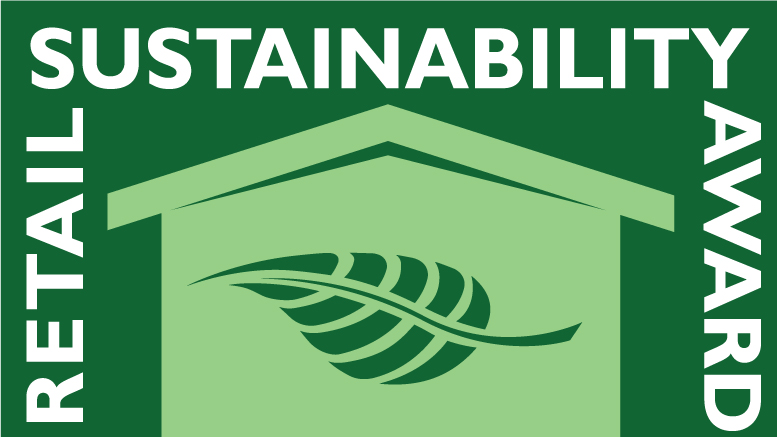
About two years ago, Safeway executives had an epiphany. Championed under the umbrella of Corporate Social Responsibility (CSR), they devised a strategy to infuse sustainability into the companys bloodstream, with a special place for produce at its heart.
We developed our vision at the beginning of last year to be the premier grocery retailer in corporate social responsibility and make an important and measurable difference with respect to sustainability, says Christy Consler, vice president of leadership development and sustainability for the Pleasanton, CA-based retailer of 1,725 stores under multiple banners, including Pavilions, Carrs, Vons, Randalls, Tom Thumb, Genuardis and Dominicks. The latter part of Conslers expanded title encapsulates the Safeways emboldened CSR concept. A lot of people wonder how leadership and sustainability fit together, Consler says.
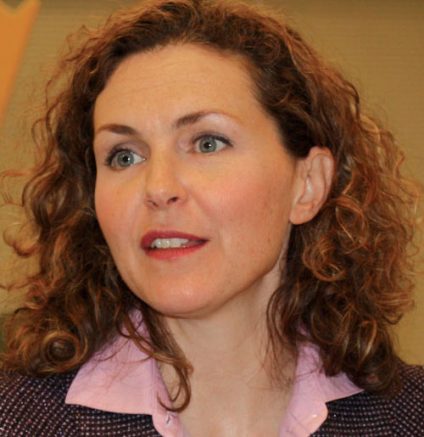
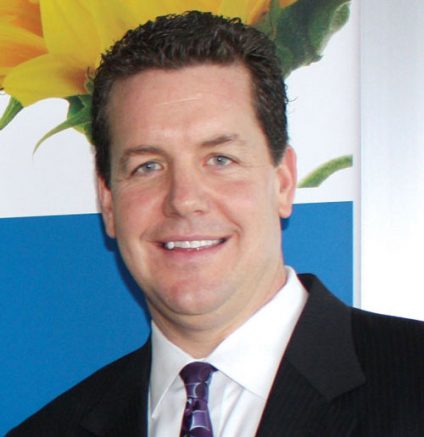
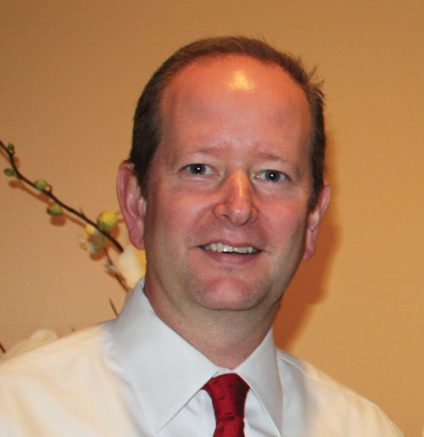
The integrated policy hit a transformational turning point when the progressive leadership resolved to put more focus on CSR and knit together all the different, multi-faceted sustainability initiatives scattered piecemeal across the company. We decided as a company that we wanted to make sustainability a part of how every leader operated, and we wanted everybody to operate with that mindset. One of our senior executives, Larree Renda, executive vice president, chief strategist and administrative officer, said, Hey, as were putting together a more formal coordinated strategy in educating the leaders across the company on this, I want to make sure that we bake this right in to our leadership development plan.
Consler helps manage and coordinate the efforts of the broad CSR task force, involving senior leaders from across all functions and departments, who work together to develop overall strategy and then specific measurable goals around four strategy platforms: Community, People, Planet and Products.
The big thing were focused on now is really taking this far beyond the task force down to every employee so that everybody knows how they can make a difference, both formally with their performance objectives and ensuring those link up to supporting one of our CSR strategies.CHRISTY CONSLER
The vast scope of these varied platforms could be difficult to get ones hands around. Companies pursuing sustainability objectives often isolate these into silos, and target one at the expense of another, yet fail to grasp the consequences of doing so. Safeway, however, seems to have intermeshed these four platforms into each departments overall strategies, often pulling strengths from one department into the other to provide synergies that couldnt be attained alone. When looking at Safeways entire sustainability program and the interrelationships connecting the people involved, one might visualize a circle of leaders all relying upon each other to make the sustainability wheel move forward.
Group Decisions
It is easy to agree on saving energy and avoiding waste. Yet choosing to buy locally in an effort to reduce food miles and carbon footprints may not necessarily be more environmentally friendly, based on alternative production methods, supply chain efficiencies and numerous other factors. The choice to buy locally presents social issues. For example, eliminating an import program in favor of locally grown could lead to the displacement of hundreds of thousands of struggling farm workers in a third-world country.
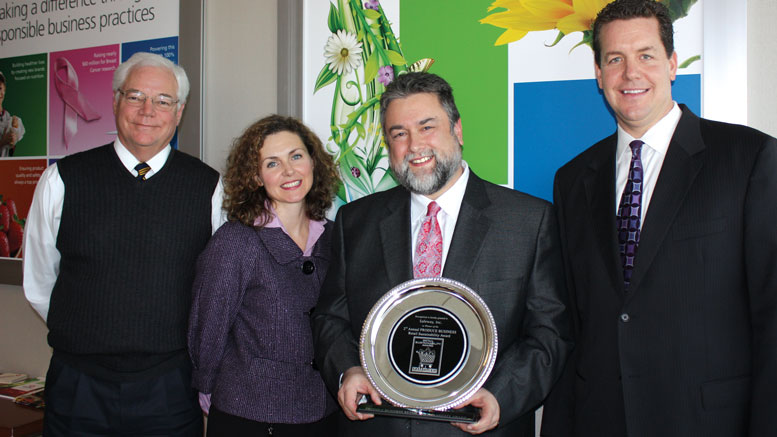
The produce team is fully aware of the complexities. Ill tell you that the decision doesnt rely on anyones sole shoulders, says Steve Burnham, vice president of produce. As an organization, we have an entire task force devoted to bringing together all of the components the company works on relative to sustainability, because there are so many components. We have identified hundreds of initiatives within this organization from perishables, from produce, from supply, from retail. So we are cautious to commit to any one thing without it filtering up and discussing it as a team and as a group so that were consistent, says Burnham. What we dont want is for produce to take one avenue while non-perishables takes another avenue. Were committed to getting all the facts and doing the appropriate due diligence of studying all the potential outcomes, he adds.
Geoff White, group vice president for produce and floral, is quick to acknowledge, We dont have all the answers yet, but there are some initiatives weve built baselines around, and programs like packaging that are relatively easy to figure out, or at least its easy to baseline yourself and show what kind of improvement you can have from there, he says. Regardless of the challenges, he continues, Weve made a significant commitment as an organization in manpower and funding to do the right thing.
We have a volunteer task force within produce committed to nothing but sustainability, which meets every month. It does not matter if youre an analyst or if youre a vice president youre all welcome to be a part of this task force because no one has a bad idea.STEVE BURNHAM
Doing the right thing, however, is often open for interpretation. Safeways premise is that these policies often overlap, interconnect and reverberate off each other, and therefore cannot be tackled randomly. All must be addressed congruently when conducting cost/benefit analyses to best determine where and how to invest money and resources for maximum benefits. More specifically, sustainability initiatives need to take into account the entire lifecycle of the product and its broader impacts on society.
Safeways sophisticated top-down approach also shares a strong bottom-up component. The big thing were focused on now is really taking this far beyond the task force down to every employee so that everybody knows how they can make a difference, both formally with their performance objectives and ensuring those link up to supporting one of our CSR strategies, says Consler. But then also personally, how they can contribute, how the simple things that they do every day make a difference at home and at work, she adds.
To drive the overall strategy, Safeway is asking leaders to set business performance objectives and direct their teams to do the same. The company also wants to create a dynamic environment on the ground, where employees can have a voice in the process. Initially, says Consler, We had the employees from across the company come up with a list, and compiled over 300 different separate initiatives of things currently being worked on or in development and ready to be implemented. We started with the bottom up and then took an inventory, asking how these naturally group together, and out of that is how we developed the strategy platforms.
The next challenge is keeping the process fluid. Already, people can share their ideas with the store managers and district managers and that bubbles up to division presidents who can share them with us, Consler continues. But were also looking to formalize it more and have actual CSR champions in each of the stores, districts and divisions so people know that their ideas were evaluated. Safeway is working on putting a more official path in place, a structure across each of the 10 divisions, with regular conference calls to share Best Practices and disseminate them more quickly.
The company has a number of employee network groups, and the Green Team is one of the newest. There is a Green Team at the corporate level, but also out in the divisions, and some of the divisions have started to form green teams or committees, according to Consler. She points to Vons in Southern California, which has a very active group doing impressive work to become more sustainable internally and through community involvement in projects ranging from recycling to breast cancer awareness and fundraising drives. Safeway discovered it could really engage the hearts and minds of employees in ways it hadnt before, she explained.
The produce team has jumped into the pro-gram full force, and finds it empowering. Although we have a company-wide task force, each business unit is taking it upon itself to educate ourselves on sustainability as it relates to our area of expertise, says Burnham. What it really boils down to are the people. The people that make up this department that have a passion for this, that spend the time educating themselves and that help counsel us. We have a volunteer task force within produce committed to nothing but sustainability, which meets every month. It does not matter if youre an analyst or if youre a vice president youre all welcome to be part of this task force because no one has a bad idea. Then we take those ideas and become further educated and try to drill down to the facts.
Buying In To The Big Picture
Mandating new sustainability directives within a company, and further down the supply chain, wavers a fine line between a welcomed opportunity and an unwelcomed burden. Linking the whole CSR and HR function with sustainability is a unique proposition, a concept other companies may want to emulate. You can have the best strategy in the world, but it will fall woefully short if you dont have people who care about it, under-stand it and embrace it.
Employees need to know that what they do makes a difference, not only to the companys results, but to the community and the world we operate in, according to Consler. It all comes down to engagement engaging individual employees, engaging leaders, really making the objectives clear and enlisting peoples help in the difference that we can make.
In a company of this size, peoples actions can produce meaningful impacts. We dont want people to feel, Oh, this is an added burden, I have to save the planet Its just nice to feel like youre part of something bigger and its more than just a job, she says.
Despite lofty ideals, Safeway is still a business that needs to remain profitable. This is a broader way of thinking about our business strategy. We talk about how its flush with opportunities for growth, growing the top line, but its also full of opportunities for cutting costs and being more efficient, says Consler.
Everyone wants to use sustainability as a point of differentiation or a marketing tool. If its the right thing for the environment, we have to figure out a way to make it bigger and bolder than it is with just one vendor or one label.GEOFF WHITE
In a fragile economic environment, a sustainability mantra fits well because many sustainable business propositions generate cost savings and greater productivity. In the past five years, I know weve had over half a billion dollars in revenue from O Organics, Bright Green and Eating Right [Safeways brands with an environmentally friendly focus]. These more sustainable products are certainly a growth vehicle for us, so we definitely think it makes a lot of sense in this environment, says Consler.
In fact, Safeways Lifestyle stores are a Mecca for the kind of consumer Safeways sustainability strategy attracts. Safeway executives use a term coined over 10 years ago for the quintessential sustainability shopper: LOHAS Lifestyle of Health and Sustainability. Safeway indexes high with LOHAS shoppers. It has learned from its own consumer studies and other research from third parties that price and value are the key drivers no matter what, and especially in this economic atmosphere. But LOHAS shoppers also rank a companys sustainability record as an important consideration.
Safeways marketing and consumer insights group conducts regular research on how people perceive Safeway, and has been monitoring LOHAS customers for a number of years through the Natural Marketing Institute, a Harleysville, PA-based market research firm that provides market analysis and strategic planning. Safeway has found that LOHAS shoppers tend to be more loyal, so green initiatives become significant from a business standpoint, according to Consler.
We can never forget the end game and were here to drive a business and satisfy the consumer, says Burnham. If you were to ask me our priorities in produce, quality has been our endgame and how we get there is through sustainable and earth-friendly Best Practices.
Supply Chain Involvement
Vendor partnerships play an integral role in the sustainable lifecycle. Eighty to 90 percent of the environmental footprint is in the supply chain, says Consler, so Safeway must work very closely with vendor partners on a regular basis to achieve its goals, whether it is teaming up with growers on seed varieties, more sustainable practices in the field and packing house, or collaborative pilot testing to improve logistics and reduce shipping costs and number of trucks on the road.
In produce, major efforts are underway to capitalize on the brain trust, the expertise and Best Practices among its vast supplier base, and harvest that knowledge to other suppliers throughout the industry. We scorecard our vendors, and its not just the normal issues related to service level and quality, although those are paramount. Their sustainability practices are becoming more important, and we carry over those Best Practices to make every-body that much more educated and efficient, says Burnham.
Examples involve more efficient crop utilization; partnering with local growers to help them exponentially grow their volume out of that field. Safeway commits to that volume, while keeping it local and lessening food miles.
In supporting local growers, You want consistency and you want the best varieties available, emphasizes White, noting success with proprietary partnerships to meet Safeways high standards and specifications.
Of course, not all of the requirements are tied to sustainability. GAP and food safety practices are vital. For right now, sustainability is more about Best Practices for us than a hard line that it has to be this or that in regards to sustainability because it is always evolving, explains Burnham.
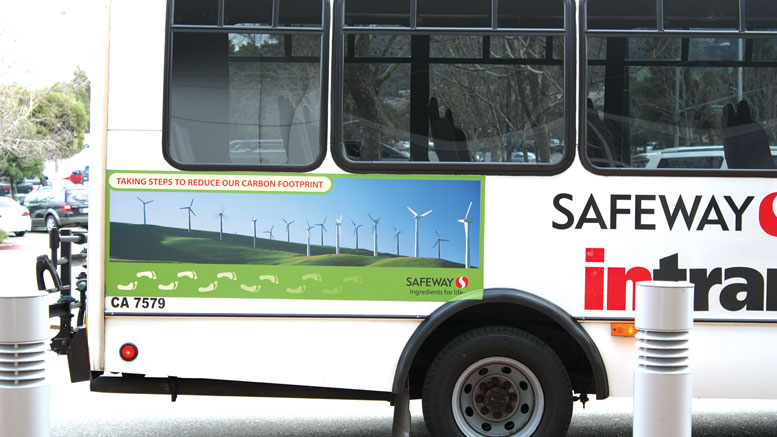
Theres such a breadth of application in all our growers with sustainability, says White. Some are highly advanced, like Gills Onions, while others are just practicing old school kinds of growing practices that arent wrong. They follow everything by the book with regard to food safety and proper harvesting practices, but there is so much more they can do with water and crop utilization, he explains. It gets back to that leadership role as an industry, and especially from a retailers standpoint, helping people get there; being a conduit to sharing of information that can help everyone learn from these pieces, says White.
With so many standards floating around, and multiple audits, suppliers feel squeezed. Its the age-old problem the retailer wants to have its own standards, White sympathizes. I know that theres a push right now for harmonization between all the different audits that are going on in the industry We all have our different expectations. Also, each company wants to protect itself and to make sure to have all its Ts crossed and Is dot-ted, and its difficult to set standards that fit every company. I think it has to be an industry solution and not just a retailer taking the hard line. I think theres a balance there for sure.
Packaging Alternatives
Certain sustainability practices go right to the bottom line, and just make excellent business sense. From a packaging perspective, its definitely an opportunity for everybody, whether youre a retailer or supplier, according to Burnham. I think everyone needs to ask, what reductions and efficiencies can we make? Its not an official goal, but internally, were trying to reduce packaging by about 20 percent right now. Our responsibility, for Geoff and me, is both in regards to the marketing and the procurement, as well as facilitating the retail execution, he says.
We work with [other retail groups within Safeway] to solicit ideas and feedback, which we, in turn, communicate back down to our procurement group, which works with our suppliers. Maybe its an issue with over-packaging or its not friendly to labor or conducive to merchandising, but if we reduce this and come up with alternatives, we can fix the problem.
In addition, the procurement team is working with shippers on the use of non-wax boxes, increasing carton usage for recyclability, materials for the stores as well as the ware-houses. And then theyre looking at cartons made with the non-bleach cardboard as well.
The process is less dictatorial and more collaborative, according to White. Though were very supportive and drive it, you get more from the suppliers side on coming up with ideas than us coming up with the whole thing, he continues. Everyone wants to use sustainability as a point of differentiation or a marketing tool. If its the right thing for the environment, we have to figure out a way to make it bigger and bolder than it is with just one vendor or one label, says White.
I think sustainability is on the way to becoming the price of admission, and as a retailer, we have to be cognizant of that, Burnham agrees. If there are increased costs, the end game is a more sustainable package, and consumers are leaning toward that and holding us accountable.
In floral, vice president Traci Adams is brainstorming with her suppliers to implement innovative sustainability ideas, all part of a floral program called Zero Waste. Were just tapping into it, but everything in that department is set to be recyclable or compostable. Even the display buckets have some sort of recyclable attribute that we can use, and they can go to a chipper and get worked back in and made into new buckets, says White.
In terms of item-specific packaging in the produce department, the industry grapples with the dichotomy of increased packaging to address food safety and quality issues, versus reduced packaging to eliminate waste and appease die-hard sustainability shoppers. Its the pendulum swing. It goes all the way over here and then well find a way to get it back to where it needs to be, says Burnham. Safeway puts weight on consumer input.
Committed To Locally Grown
The chatter in regard to sustainability, packaging and locally grown goods has gotten a lot louder and a lot more frequent, according to Burnham. We definitely have gotten a lot of kudos from the consumers on our local efforts. Local isnt anything new to Safeway, were just doing a better job communicating it in the in-store environment with point-of-sale materials and through associates, he says.
The concept of locally grown has become nebulous and distorted. Local can be a real rhetorical kind of thing and no one has really defined what local is, acknowledges White. We let our consumers define it for us. At the same time, I think there are some have to haves. You cant call it local if its going to drive 400 miles, so theres that hurdle how far it will travel. But for us, its the items that are important to the consumers in the areas that they live. It may not be defined as local, but as locale. It means carrying Michigan blueberries in our Dominicks stores at the right time. Those shoppers dont want New Jersey blueberries or Oregon blueberries if they can have Michigan blueberries. Thats important to them. But for our stores in Brentwood, California, we have the Brentwood corn thats growing two miles down the road. That vendor just delivers it every day to the store instead of working it through our system, White explains, noting local vendor relationships going back 70 years.
The process has to be managed very care-fully for two major reasons. The first is just from the food safety aspects. We have worked with certain local growers to make sure they fit the criteria, and we visit them before the season and periodically during the season, says White.
Our quality control team goes out in the field, and we test their products, adds Burnham. Supplier interest really picked up last year with the heightened awareness to local.
New suppliers or suppliers with limited supply will reach out to Safeways procurement team in Phoenix. We have different people associated with or responsible for specific crops and products, and we get them hooked up with the right people, he says. Then well actually go out and visit them, spend time in their fields, bring our quality control team and then well utilize limited supply for selected stores. It doesnt always have to be counted as local, says Burnham, noting that taking care of local farmers is part of Safe-ways sustainability culture.
White adds, We stay in the deal as long as we possibly can to help those growers sell through their products. In many ways, its complicated procurement. Its not easy, says White, but were really committed to it.
Ive never had a more complex assignment because of that, says Burnham. And then added to that is the complexity in regards to organic, local, conventional, but then the quality components, the variety components, the Mother Nature components and then the promotional components it takes an army to stay on top if it!
Recycling Responsibilities
Burnham certainly speaks from experience. He started with Safeway in the stores 20 years ago as an apprentice meat cutter, ultimately becoming the group director in meat, then in a new sustainable effort four years ago, launching a separate seafood unit as vice president and then as vice president of marketing/planning, before joining the produce team. One of the things we do as an organization is cross-pollination and lateral moves to get a broader aspect of the business, which is really exciting and one of the big successes of Safeway, says Burnham. I think it really keeps it exciting for the individual and adds new blood and perspective for the business.
White provides his take: Steve and I are both grocers and so thats where our heads and our hearts are, but deep inside our heart and our soul is produce. Steves got two years of produce, and Ive got 28 years, but once youre in, its in your blood. Its a very tight-knit group. We all compete with each other, but we all support each other. We all have the same issues. We all love Mother Nature, good and bad. And the industry is very solutions-oriented. We have to be, he says.
White gives credit to Safeways savvy buying team, which understands the strategy, and is very in-tune to local markets. Feedback from each of the local divisions helps guide corporate as well because theyre in the market every day. They wont let us miss a beat, adds Burnham.
Although Safeway buying is centralized, it has division geographical management. We run the marketing and merchandising expectations from here, White says. Were a tight knit group from both corporate and retail so they know what the strategies are, what our guidance is, right down to our weekly ads. I would call it a strong partnership where produce managers understand what were trying to accomplish and are able to execute that, says White.
We certainly have shared our performance objectives together, Burnham continues. Were moving forward with the sustainability objectives for the corporate team, as well as rolling those out further throughout the organization. These are part of our performance objectives and what were targeting and developing; then creating a trickle-down effect so all employees embrace sustainability as a priority.
And in the spirit of a true sustainable lifecycle, new employee ideas will trickle back up again.
Safeways Unsung Green Heroes
Safeways vast CSR and sustainability efforts touch everyone throughout the company, and Best Practices are spread across all divisions and operations. While some areas may seem peripheral to the produce industry, most have challenges directly or indirectly affecting produce initiatives. In terms of the produce industry, Safeways team is bustling with unsung green heroes.
Jeff Brown, CIH, Director Environmental Affairs, explains the sheer scale of sustain-ability programs underway:
The total amount of recycled cardboard, including all Safeway stores, supply plants and distribution centers, which collects it from the stores, amounted to 300,000 tons last year. That includes dry and non-wax cardboard received, basically from the packaging of products, the shipping packaging, cartons, etc.
Waxed cardboard is used to collect compostable produce, floral and deli items that arent sold at stores. The total amount of material collected and composted last year was 110,000 tons.
The plastics recycling number hit around 13,300 tons.
Overall, Safeway recycled nearly 520,000 tons of materials.
Safeways progressive posturing puts the retailer ahead of the curve, which could be critical, especially in California as new regulations and stricter standards come down the pike. Its starting in California, but it will spread to other parts of the country, says Brown. For example, Green Chemistry, modeled after European systems that look at chemical composition of products and the hazards of those chemicals in any product, such as those for cleaning, is certainly on the near horizon in California, he says. Its nice to be ahead of the curve in some of these things. We certainly are plugged in and get advance notice of impending rules.
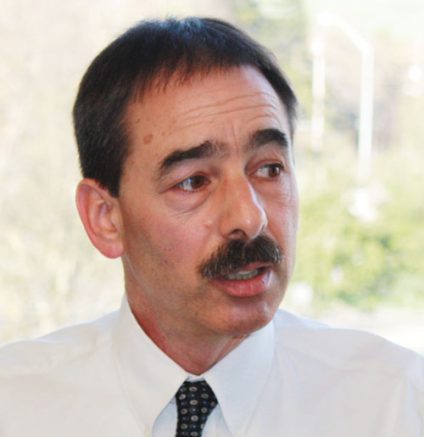
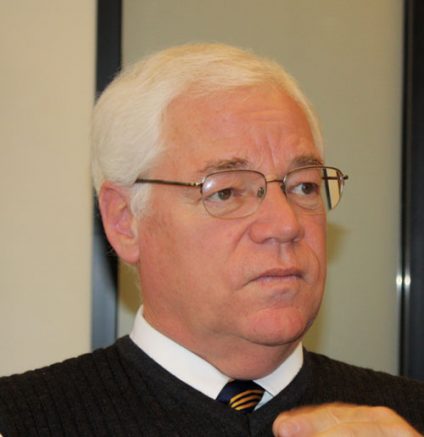
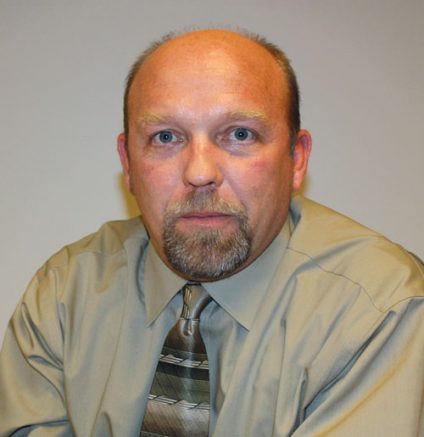
Making something more safe or reducing water is certainly a valued sustainability measure at Safeway. At the same time, solutions to problems are not always so clear-cut. The EPA started to phase out refrigerants that were causing damage to the ozone layer, so Safeway phased those out at a fairly rapid rate in many areas. Available replacements were HFCs [refrigerant comprised of Hydrogen, Fluorine and Carbon], which seemed a good choice at the time, Brown explains. Now you have to also consider that HFCs may have been slightly less efficient so you have to use more electricity to do the same refrigeration; in that sense it increases the amount of global warming. In the new global warming regimes, were going to have to deal with that, Br
1 of 2 article in Produce Business May 2010


